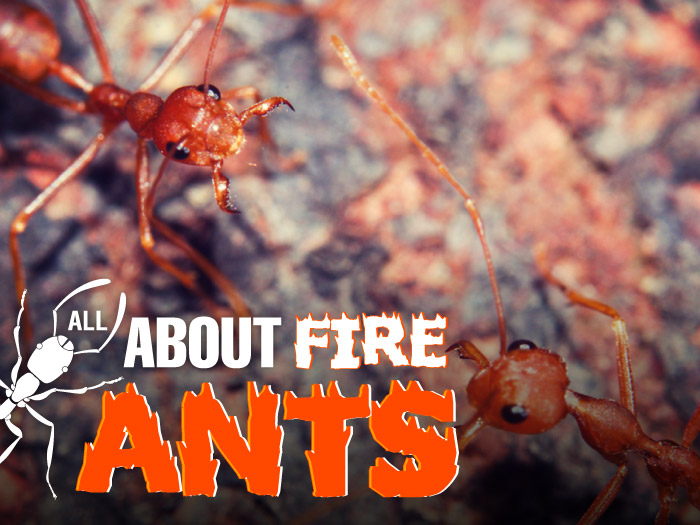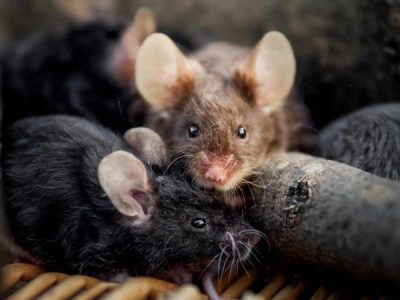[fullwidth_text alt_background=”none” width=”1/1″ el_position=”first last”]

Fire ant stings are painful and cause itchy pustules that last for months, in some cases, they can also result in anaphylaxis, a severe allergic reaction requiring hospitalisation.
These aggressive ants originally hail from South America and were unwittingly introduced into Australia. Now they are causing issues not only for humans and their pets but native flora and fauna, agriculture and tourism. They are voracious feeders and will devour small fauna such as lizards, frogs, spiders, birds and mammals. They also destroy roots and stems of plants therefore damaging our environment.
Fire ants have been declared an invasive pest under the Plant Protection Act 1989, and anyone with suspected sightings of fire ants on their property is required to report to Biosecurity Queensland or face heavy fines.
Where are fire ants most common?
Fire ants (solenopsis invicta) were first detected in Brisbane in 2001 and have steadily been spreading. It is estimated that they could cost the government $40 billion in the next 30 years. In Queensland, some infestations have been eradicated but the ants are still a problem in some suburbs of Brisbane namely Ipswich, Logan and Redlands. There have been isolated infestations in Scenic Rim, Gold Coast and Lockyer Valley.
Symptoms of fire ant stings
To be on the safe side avoid picnics, sitting or lying on the ground or going barefoot in areas known to be infested with fire ants. Encounters are not usually restricted to one ant but usually involve many ants all stinging at once, and you’ll feel a burning, itching sensation. If you are stung by fire ants, act quickly to apply first aid and seek medical attention. It is advised to apply a cold compress to reduce swelling and pain, wash the area with soap and water but leave the blister intact. Then seek immediate medical attention, especially if you are allergic to insect stings.
How to Identify Fire Ants & Nests
Fire ants range from 2 to 6 mm in length and have coppery brown heads and bodies with a darker abdomen. Nests can appear either as dome-shaped mounds up to 40 cm high or look like a patch of disturbed soil. They have no obvious entry or exit points. Nesting sites include pastures, lawns, roadside and cropland, and can also be constructed around rocks, bricks, logs and timber.
Properties that have untidy, overgrown areas, stores of mulch and potting mix and unused timber or pallets lying on the ground are at risk for inviting fire ant nesting activities. Never try to remove infected items from your property or treat nests yourself. Biosecurity Queensland offers a free site inspection. Visit www.biosecurity.qld.gov.au for more information.
[/fullwidth_text]



